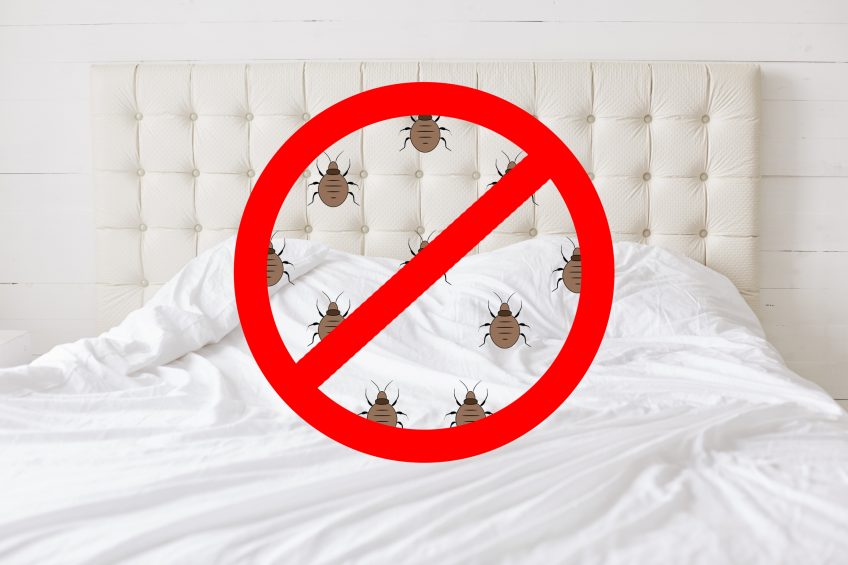
It seems as though bed bugs are everywhere anymore. Thanks to the media and the internet, people are more capable of sharing their experiences in hotels, cruise ships, trains, and planes when it comes to the little critters showing up. Just one pregnant bed bug coming home with you can lead to a complete infestation in your home in a few days or weeks. The first thing you should do when returning from a vacation or after bringing a piece of furniture into your home is looking for bed bugs. You have to know where and what to watch for before you can decide what the next steps to getting rid of them are. Find out about the process now, so you don’t have a much bigger problem to deal with down the road.
Where to Look
Bed bugs live and feed in areas that they have a host or a human body. They feed solely off of human blood, so they stick close to where they are going to have easy access to one when they get hungry. They will not travel to different locations unless the host moves or their infestation grows to a point where the single host isn’t enough for all of them anymore.
Start in the room where it is assumed they are living. Check along the corners and joints of the bed frame, the cracks and crevices in the mattress, in baseboards, floorboards, and carpeting. You may even be able to see them on furniture near the bed. They like to stay in tight, dark areas to keep safe from predators.
Whatever the reason for your cat’s inappropriate peeing and spraying, I have a very simple solution…>>>
Signs to Watch For
If you can fit a credit card into a spot, bed bugs can fit in there too. That’s why it’s hard to see physical signs of the annoying creatures with a visual scan. Aside from seeing the actual bugs, you may be able to notice signs that the insects were there eating or reproducing. Look for:
- Blood spots – red, dark, and present wherever a bed bug may have been squished by a human body exposing the blood from their stomachs that they had consumed earlier.
- Shed skin – bed bugs replace their outer shells as they grow. As a result, they leave behind an exoskeleton that is gold in color.
- Fecal droppings – dark, thin streaks that smear red when rubbed with a wet cloth.
- Bed bug eggs – eggs are white and look like rice. A pregnant female will drop two to five eggs each day.
- The bugs – they’re a dark reddish-brown color and get about the size of an apple seed. They have six legs and antennae. Around the abdomen are hairs that create the illusion of dark bands.
How to Do an Inspection
You’re going to have the best chance at seeing a bed bug infestation if you use a magnifying glass and a black light flashlight. You should also have a tool to scrape in the cracks and crevices for the smaller matter. Start in one area of the room moving slowly around until the entire inspection is complete.
Suggested Article: DIY Fruit Fly Trap
Next Steps
When you’re still unsure about whether or not you have bed bugs after an inspection, some monitors can be used on the legs of furniture that work as a trap. Set them out at night and in the morning you will be able to see the insects in the trap. After you confirm the presence of bed bugs, there are homemade sprays with chemical ingredients that can be sprayed on the infected areas. For severe infestations, you may want to consider calling in a professional company to ensure they are all cleared out.



